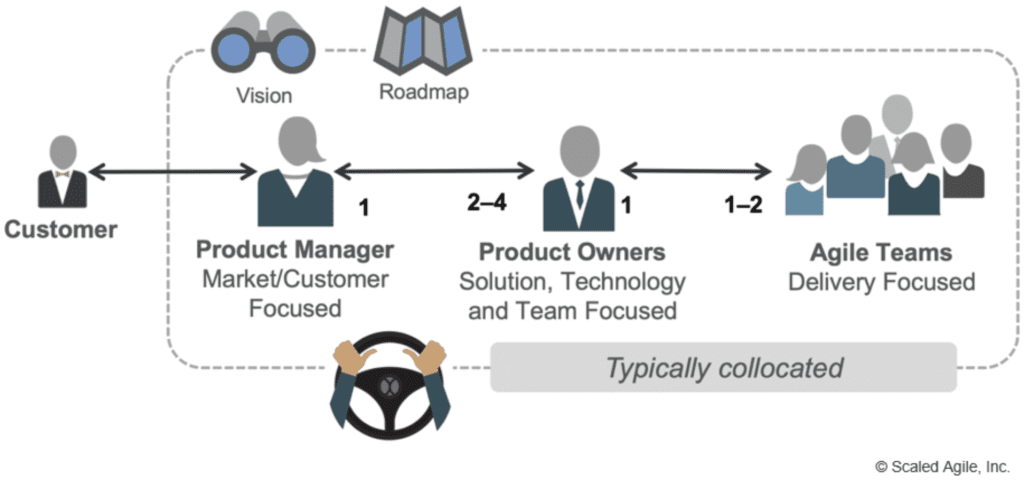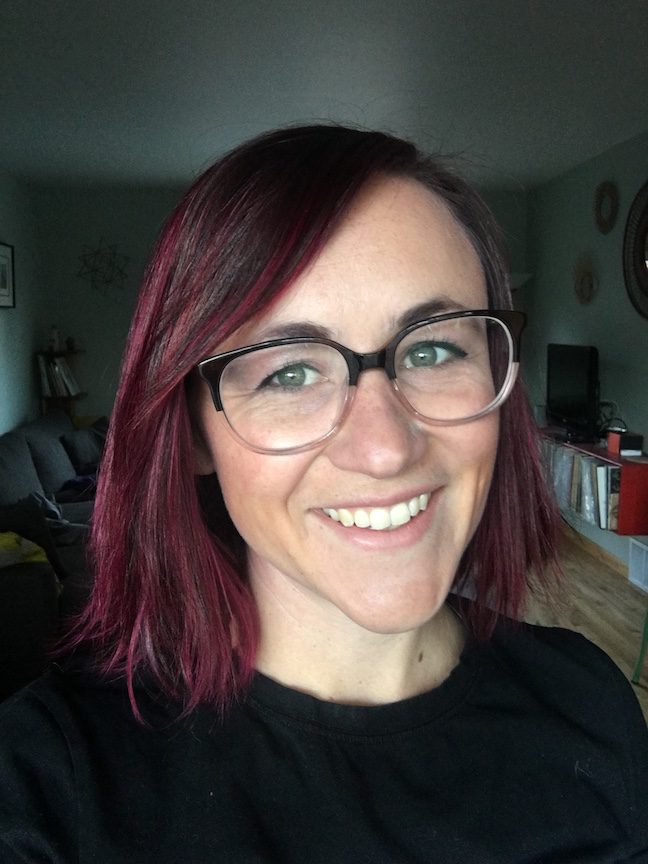Welcome to the second post in our series about SAFe best practices to create a healthy relationship between product owners and product managers that drives product success. You can read the first post here.
I’ve heard lots of metaphors used to describe the relationship between a product owner (PO) and a product manager (PM). One of my favorites is oil and vinegar—separately, they’re just liquid on a salad, but mix them together and you’ve got a great dressing.

A PO and a PM working together creates a positive tension that leads to a great relationship—despite different opinions—that’s in others’ best interests. But combining the PO and PM into one role is a recipe for disaster.
I know because I experienced the trouble firsthand.
Think about the core responsibilities for both roles:
- Be the voice of the customer
- Analyze data
- Manage backlogs
- Make customers happy
- Organize cross-team syncs
- Create roadmaps
- Support planning
- Seek out competitive intelligence
- Aid support escalations
- Help sales activities
One person simply can’t do all these activities in a typical work week. When I’ve been in this situation, I found that the urgent, tactical things come first as people clamor for responses, feedback, and direction on their daily work—ultimately causing important strategies to suffer. Some days, I’d already made two to three stressful decisions before morning tea and was expected to make more at strategic levels. I quickly experienced decision fatigue. When your company and solution are small, you might be able to do it all, but it doesn’t scale.
There’s a strong stereotype that PMs need to be mini CEOs and be just as stressed out. That’s not sustainable as a product person. When a PM is also doing the work of a PO, expecting them to do strategy and manage the team backlog throughout the PI isn’t realistic. You miss the strategic work, you miss pivot-or-persevere opportunities. I’d often ask myself, “Am I really looking at the big picture or just surviving?”
The power of an Agile team is that it’s a high-functioning group that collaborates. And when the PO and PM roles are performed by two different people, they can work together to support those teams, and ultimately, the organization. When I was a PO working with a PM to deliver a new onboarding experience for our product, we stayed in sync. I focused on what our technology allowed and what the team could implement. She focused on market impact and educating our sales team. We had healthy, productive conversations with positive conflict about what should happen next, and split the duties of attending meetings. All while continuing our business-as-usual activities and still finding time to recharge for the next day.

If you’re a leader, avoid having one person take on both roles. If you’re doing both of these jobs, don’t. Perhaps there’s someone in your organization who can help you by serving informally in the other role. Finding the balance that I just described is key to your and your product’s success. POs and PMs don’t have to be in the same places but they need to connect, be aligned, and maintain that positive tension. It’s why we teach these roles together in our SAFe POPM class—you need to know how to best collaborate with your peer PO or PM to excel.
If you’re free on August 26 at 6:00 PM MDT, join Lieschen and I at an online Agile Boulder meetup where we’ll talk about this very topic.
Check back soon for the next post in our series about shared objectives and collaborative ‘sense making.’
About William Kammersell

William Kammersell is a Product Manager and SAFe® Program Consultant (SPC) at Scaled Agile. With over a decade in Agile software development, he loves researching customer problems to deliver valuable solutions and sharing his passion for product development with others. William’s journey as a developer, scrum master, Agile coach, product owner, and product manager has led him through a variety of B2B and B2C industries such as foreign language learning, email marketing, and government contracting.
Share:
Back to: All Blog Posts
Next: How Planview Executed a Successful, Virtual PI Planning
